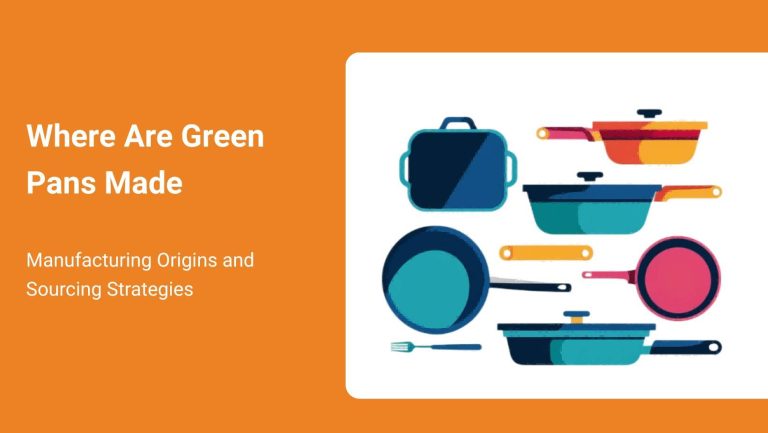If you’re searching “where are Green Pans made,” you’re likely exploring sustainable cookware manufacturing options.
For business owners and sellers, understanding GreenPan’s manufacturing origins offers valuable insights into sourcing eco-friendly cookware.
This guide dives into their production locations, sustainability practices, and practical tips to help you find similar suppliers for your brand.
Where Are Green Pans Made?
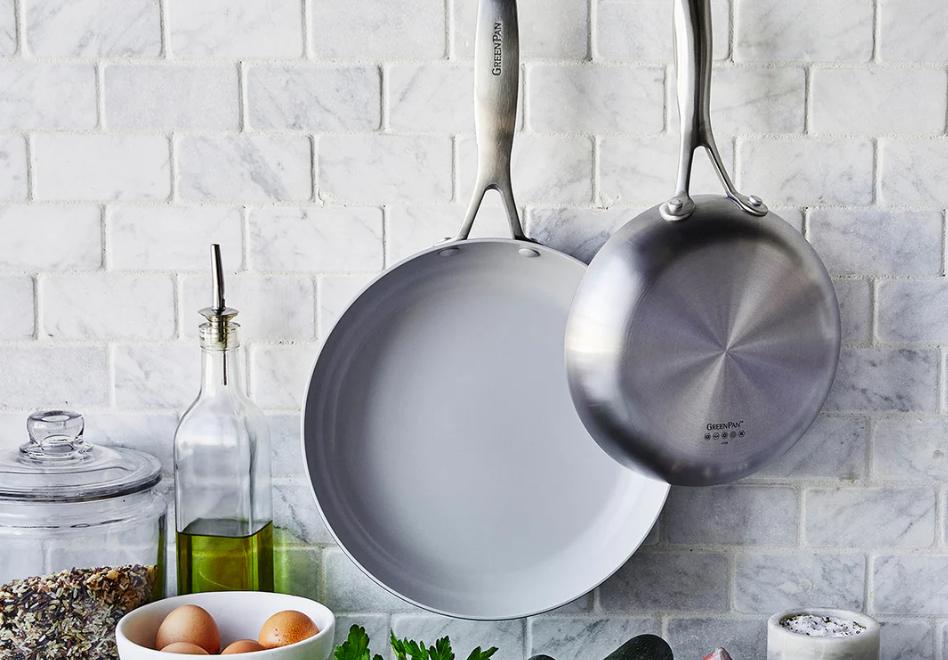
GreenPan, a Belgian-founded company, produces its cookware in two strategic locations:
China
Most GreenPan products are manufactured in company-owned factories in Jiangmen City, Guangdong Province, a region renowned for its advanced manufacturing infrastructure. Cities like Jiangmen are hubs for precision metalwork and ceramics, enabling GreenPan to maintain consistent quality at scale.
Italy
Premium collections, such as the Stanley Tucci series, are crafted in Brescia, Lombardy, a northern Italian region famous for its artisanal heritage. Brescia contributes skilled craftsmanship, blending tradition with modern technology for high-end finishes.
By owning its factories, GreenPan ensures tight control over production processes—an approach worth emulating when selecting your own suppliers.
Why GreenPan’s Manufacturing Stands Out
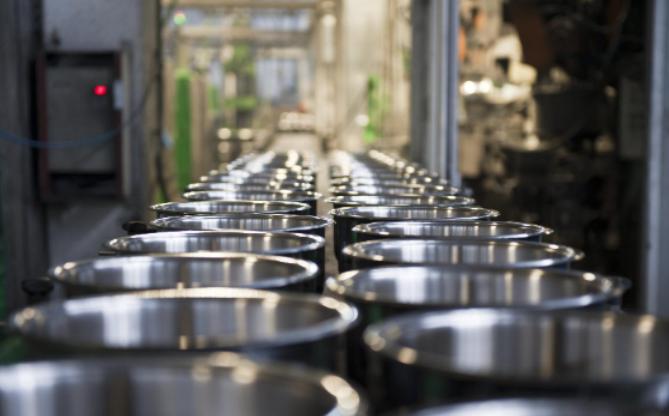
GreenPan’s operations offer lessons in quality and sustainability that sellers can use as a benchmark:
Quality Control
Factory ownership allows GreenPan to oversee every stage—raw material selection, Thermolon™ coating application, and final assembly. This minimizes risks like cross-contamination with PFAS (per- and polyfluoroalkyl substances), a common issue in shared facilities.
Sustainability Practices
- Recycled Aluminum: GreenPan uses at least 65% recycled aluminum in its products, certified by the Aluminum Stewardship Initiative (ASI), reducing mining demands and energy use.
- Solar Power: Covers approximately 30% of factory energy needs, contributing to reduced environmental impact.
- Wastewater Treatment: Recycles water used in production, minimizing local environmental strain.
- Certifications: NSF (National Sanitation Foundation) ensures no harmful chemicals leach into food, a critical standard for cookware safety.
Seek suppliers with dedicated production lines, renewable energy adoption, and verifiable certifications. These practices signal reliability and align with growing consumer demand for eco-friendly products.
GreenPan’s Product Advantages
GreenPan’s cookware combines sustainability with performance—key traits to prioritize in your product lineup:
Thermolon™ Coating
This PFAS-free ceramic coating, derived from sand, withstands temperatures up to 450°C (842°F)—higher than many traditional non-stick coatings (typically 260°C/500°F). Certain collections, like Diamond + Evershine, are reinforced with diamond particles for extended durability. Independent tests show it lasts 2-3 times longer than PTFE-based alternatives, reducing replacement frequency.
Durability
GreenPan offers a variety of constructions, including hard-anodized aluminum and multilayer stainless steel (in series like GP5 and Valencia Pro Stainless), both designed to resist warping and scratches, extending product life.
Versatility
Compatible with all cooktops, including induction, with a thermally efficient base for even heat distribution (verified by third-party labs).
These features demonstrate how eco-conscious design can deliver competitive, high-performing products.
How to Source Similar Suppliers
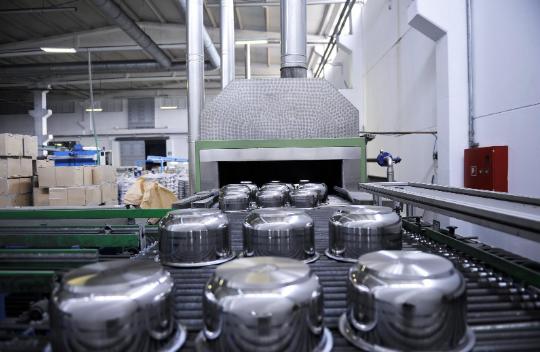
Finding reliable OEM (Original Equipment Manufacturer) partners requires a strategic approach. Here’s an expanded checklist:
Certifications
- NSF: Confirms cookware meets rigorous standards for food safety, durability, and chemical-free production.
- ASI: Ensures aluminum is sourced responsibly, tracing it from mine to factory.
Dedicated Facilities
Opt for factories with separate PFAS-free production lines to eliminate contamination risks—a must for health-conscious buyers.
Material Transparency
Verify use of recycled aluminum, natural coatings (e.g., ceramic), and minimal plastic packaging. Request material origin reports.
Sustainability Practices
Look for:
- Renewable energy use (e.g., solar or wind).
- Waste reduction programs (e.g., scrap metal recycling).
- Water conservation systems.
Quality Testing
Demand lab results for heat resistance (up to 400°C+), scratch resistance, and non-toxicity under prolonged use.
Pro Tips
- Verify Claims: Request third-party audit reports or schedule factory visits to confirm sustainability practices firsthand.
- Cost vs. Value: Sustainable production may raise upfront costs (10-20% higher), but growing demand justifies the investment—U.S. sales of eco-friendly cookware rose 15% in 2022 (Statista).
- Supply Chain Visibility: Insist on full transparency, from raw materials to shipping, to ensure ethical and green practices throughout.
These steps help you build a supply chain that’s both sustainable and profitable. Check out our Product Sourcing Guide for detailed strategies, Sourcing Products from China: A Beginner’s Guide for China-specific insights, and Top 14 Sourcing Websites 2024 for reliable platforms.
Market Trends for Sustainable Cookware
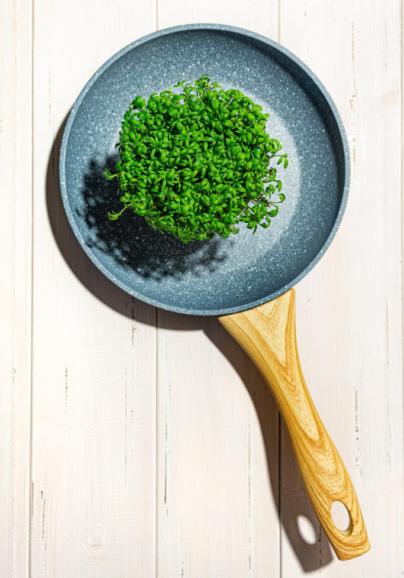
The market is shifting—here’s why acting now matters:
Rising Health Awareness
Consumers are increasingly concerned about PFAS in cookware, boosting demand for non-toxic options (Consumer Reports, 2022).
Eco-Conscious Demand
Millennials prioritize sustainability, with 63% willing to pay more for eco-friendly products (Deloitte, 2022).
Performance Match
Modern ceramic coatings rival PTFE in non-stick performance, earning widespread approval (Food Network, 2025).
Market Growth
The sustainable cookware market is projected to grow at a 7.1% CAGR through 2032 (Fact.MR).
Conclusion
GreenPan’s manufacturing in Jiangmen City, China, and Brescia, Italy, showcases how owned facilities and sustainable practices create top-tier cookware. For sellers, this model sets a high standard for sourcing partners.
Partnering with a sourcing agent like NicheSources gives you access to a vetted network of suppliers and expert guidance in navigating international markets. Ready to get ahead in the sustainable cookware space? Visit NicheSources Quick Quote to connect with eco-friendly manufacturers today and gain a competitive edge.
